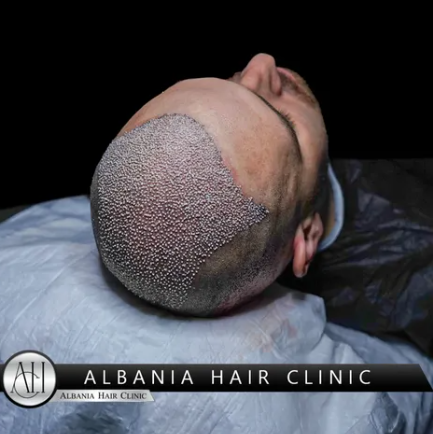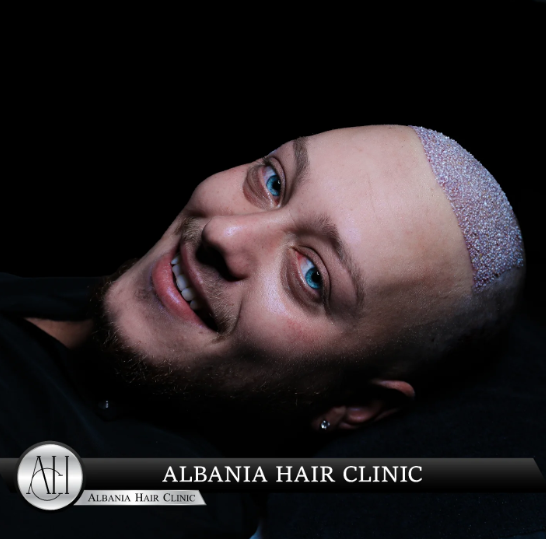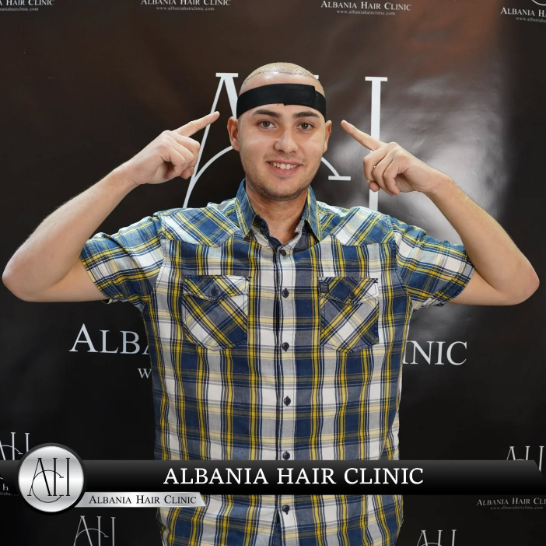Hair thinning in women can be distressing, but it’s a common issue that many women face at some point in their lives. Understanding the causes and exploring the available solutions can help manage and even reverse hair thinning. This blog will delve into the most effective treatments and strategies to combat female hair thinning.
Table of Contents
ToggleUnderstanding Female Hair Thinning
Before exploring solutions, it’s essential to understand the causes of hair thinning in women. Unlike men, who often experience hair loss due to genetics (male pattern baldness), women can suffer from hair thinning due to various factors, including:
- Hormonal Changes: Pregnancy, menopause, and thyroid problems can lead to hormonal imbalances that cause hair thinning.
- Nutritional Deficiencies: Lack of essential nutrients like iron, zinc, and vitamins can weaken hair, leading to thinning.
- Stress: Physical or emotional stress can push hair follicles into a resting phase, causing hair to fall out more quickly.
- Hairstyling Practices: Frequent use of heat styling tools, tight hairstyles, and harsh chemicals can damage hair, resulting in thinning.
- Genetics: Family history of hair thinning or loss can also play a role.
Understanding the root cause of hair thinning is crucial in determining the most effective treatment.
Effective Solutions for Female Hair Thinning
1. Topical Treatments
Topical treatments are often the first line of defense against hair thinning. These include:
- Minoxidil: An FDA-approved treatment for hair thinning, Minoxidil is applied directly to the scalp. It works by stimulating hair follicles, prolonging the growth phase, and slowing down hair loss. Women typically use a 2% or 5% concentration, depending on the severity of thinning.
- Scalp Serums: Various scalp serums are available that contain ingredients like biotin, peptides, and essential oils designed to nourish the scalp and promote hair growth.
- Essential Oils: Natural oils like rosemary, peppermint, and lavender have been shown to improve scalp health and stimulate hair growth. These can be massaged into the scalp or added to shampoos and conditioners.
2. Nutritional Supplements
Proper nutrition is vital for healthy hair growth. Specific vitamins and minerals that support hair health include:
- Biotin (Vitamin B7): Known for strengthening hair and promoting growth.
- Iron: Essential for healthy blood circulation to the scalp. Iron deficiency is a common cause of hair thinning in women.
- Zinc: Helps in repairing hair tissue and keeping the oil glands around the follicles working correctly.
- Vitamin D: Plays a role in the creation of new hair follicles.
- Omega-3 Fatty Acids: Promote scalp health and reduce inflammation, which can lead to hair thinning.
A balanced diet rich in these nutrients, or targeted supplementation, can significantly improve hair health.
3. Prescription Medications
For women with significant hair thinning, prescription medications may be necessary. Some of the most common options include:
- Spironolactone: A diuretic with anti-androgen effects that can reduce hair thinning by blocking the effects of androgens (male hormones) on hair follicles.
- Oral Contraceptives: Birth control pills can regulate hormone levels in women, reducing hair thinning caused by hormonal imbalances.
Consulting with a healthcare provider is essential before starting any medication to ensure it’s appropriate for your specific condition.
4. Hair Care Practices
Proper hair care is crucial in managing and preventing further hair thinning. Some tips include:
- Gentle Washing and Conditioning: Use sulfate-free shampoos and nourishing conditioners. Avoid washing hair with hot water, as it can strip away natural oils.
- Avoiding Heat Styling: Minimize the use of heat styling tools like straighteners and curling irons. If necessary, use a heat protectant spray to reduce damage.
- Opt for Loose Hairstyles: Tight ponytails, buns, or braids can pull on hair and cause thinning. Choose loose, comfortable styles to reduce strain on the hair.
- Regular Trimming: Regular trims help remove split ends and reduce hair breakage, promoting overall hair health.
5. Laser Therapy
Laser therapy is a non-invasive treatment option that has gained popularity in recent years. Low-level laser therapy (LLLT) stimulates hair follicles, encouraging growth and thickening hair strands. This treatment can be done in a clinical setting or at home using laser combs or caps. It’s particularly effective when used in conjunction with other treatments like Minoxidil.
6. Platelet-Rich Plasma (PRP) Therapy
PRP therapy involves drawing a small amount of blood, processing it to concentrate the platelets, and then injecting it into the scalp. The growth factors in the platelets help stimulate hair follicles, leading to thicker and healthier hair. PRP is often used in combination with other treatments and has shown promising results in women experiencing hair thinning.
7. Hair Transplant Surgery
In cases where hair thinning is advanced, hair transplant surgery may be an option. This involves removing hair follicles from a part of the scalp with dense growth (usually the back of the head) and transplanting them to thinning areas. Modern techniques like Follicular Unit Extraction (FUE) and Direct Hair Implantation (DHI) offer natural-looking results with minimal scarring.
8. Lifestyle Changes
In addition to specific treatments, making lifestyle changes can have a significant impact on hair health:
- Stress Management: Practice stress-reducing activities like yoga, meditation, or regular exercise. Chronic stress can contribute to hair thinning.
- Healthy Diet: Maintain a balanced diet rich in vitamins, minerals, and protein. Foods like eggs, nuts, leafy greens, and fish are excellent for hair health.
- Regular Exercise: Exercise improves blood circulation, which helps deliver essential nutrients to the scalp.
Conclusion
Female hair thinning is a multifaceted issue that can be managed and even reversed with the right approach. From topical treatments and nutritional supplements to medical interventions and lifestyle changes, there are numerous options available to help women achieve thicker, healthier hair. Understanding the underlying cause of hair thinning is key to choosing the most effective solution. By combining various treatments and adopting healthy hair care practices, women can regain confidence and enjoy fuller, more vibrant hair.






